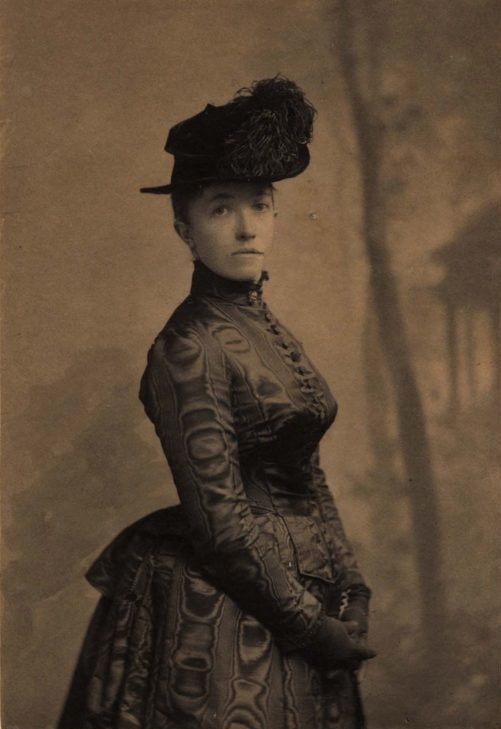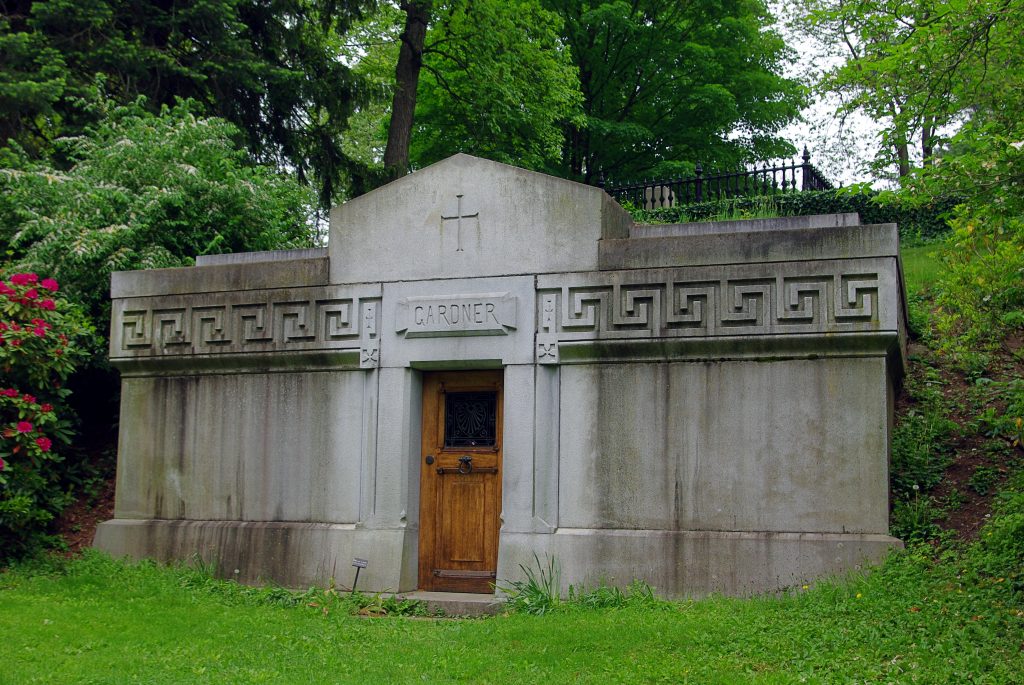The ornate gilt but empty frames hang on the walls as testimony to the still unsolved, biggest art heist in recent history, which took place at the Isabella Stewart Gardner Museum in Boston at just after 1.30 am on March 18, 1990. Thirteen works, including paintings by Rembrandt, Manet, Vermeer and Degar worth an estimated 500 million dollars, were stolen and, to this day, none have been recovered, despite a 10-million-dollar reward for information leading to their safe recovery.
The story behind this museum and its collection is riveting and has much to do with the wealthy Isabella Stewart Gardner’s relationship with Bernard Berenson, whose self-education trip to Europe in 1887 she had helped finance. Based on his advice, Isabella spent over one million dollars between 1894 and 1903 building her collection of over 40 old masters’ paintings, including Titian’s famous Rape of Europa. Strangely, this particular picture, reputedly the most expensive in the collection, was not stolen during the museum robbery. Isabella was also interested in other objets d’art, collecting tapestries, photographs, ceramics, manuscripts and decorative items, such as stained glass, and furnishings, like doors and mantelpieces, during the numerous trips she made with her husband throughout America and to Europe, the Middle East and Asia. The purchases were financed out of her husband’s large fortune as well as her own considerable inheritance.
Born in New York City on April 14, 1840, the daughter of a rich linen merchant, Isabella had a privileged upbringing. At age 16, she took her first trip to Europe, when her family moved to Paris One of her classmates was the sister of the heir to the Bostonian Gardner family wealth, John Lowell (known as Jack) Gardner. 31 years old, a tall man with a bushy black moustache, he was one of Boston’s most eligible bachelors. They were married just after Isabella’s twentieth birthday at Grace Church in Boston on April 10, 1860, and went to live in a house on Bacon Street, a gift from Isabella’s father, although he kept the title to the property firmly in his own name. Mr. and Mrs. Jack as they would become known would live there for a little under four decades.

In 1865, after their two-year-old son died from pneumonia and a miscarriage a year later, Isabella fell into a deep depression. Jack was advised to take her abroad, so they travelled to Europe in 1867 and spent almost a year away. It proved the right medicine and a turning point in her life. It also fostered her great love of Venice, her favourite place in Italy, where the couple would pass the summer months for many years in the future, usually staying at the Palazzo Barbaro. When Jack’s brother, Joseph P. Gardner, died in 1875, she and her husband took over caring for his three young sons.
By 1896, the house on Beacon Street had become too small to house the couple’s ever-growing art collection, so they began sharing a dream to build a museum for it. Although Jack’s sudden death in 1898 led to Isabella suffering a nervous breakdown, she managed to keep plans for the museum on track. Land was purchased in the Fenway area of Boston for the building which was to resemble the Renaissance palaces of Venice, and William T. Sears was hired as the architect. Isabella became involved in every aspect of the project, making her relationship with Sears often strained. The second and third floors were to be the galleries and originally the first and second floors were dedicated to a large music room, which was demolished in 1914 and replaced by the Spanish cloister and tapestry room. Isabella kept the fourth floor as her residence. A glass-covered garden adorned the courtyard, the first of its kind in America. Isabella also had her way in the placement of her treasures. The museum was privately opened with a lavish party on January 1, 1903, featuring a special performance by the Boston Symphony Orchestra. Refreshments consisted of Champagne and doughnuts. Soon after, it was open to the public as it still is today.

Not conventionally beautiful, Isabella was nonetheless a brilliant and, at times, eccentric woman. Throughout her lifetime, she befriended noted artists, musicians and actors, including John Singer Sargent, James McNeill Whistler, Charles Eliot Norton and Henry James, and her soirees became legendary. As a prominent philanthropist, she supported many worthy causes and, as a supporter of women’s suffrage, she was also an early feminist.
In 1919, Isabella Stewart Gardner suffered a series of strokes and, five years later, died on July 17, 1924, at the age of 84. True to form, she left detailed directions for her funeral, writing Carry my coffin high – on the shoulders of the bearers, who were to be instructed on exactly how to perform the task. It was all done in royal style and she was buried between her husband and son in the Gardner family tomb at Mount Auburn Cemetery in Watertown and Cambridge.








